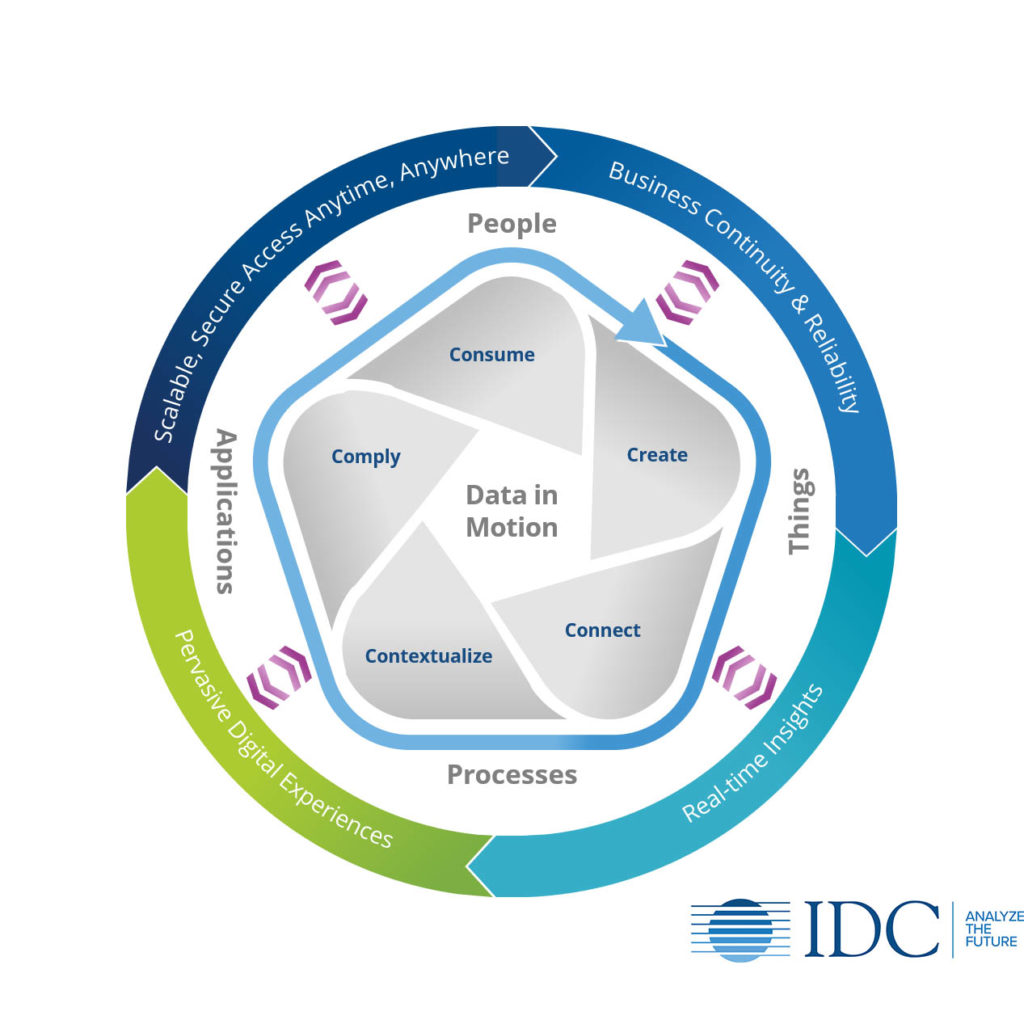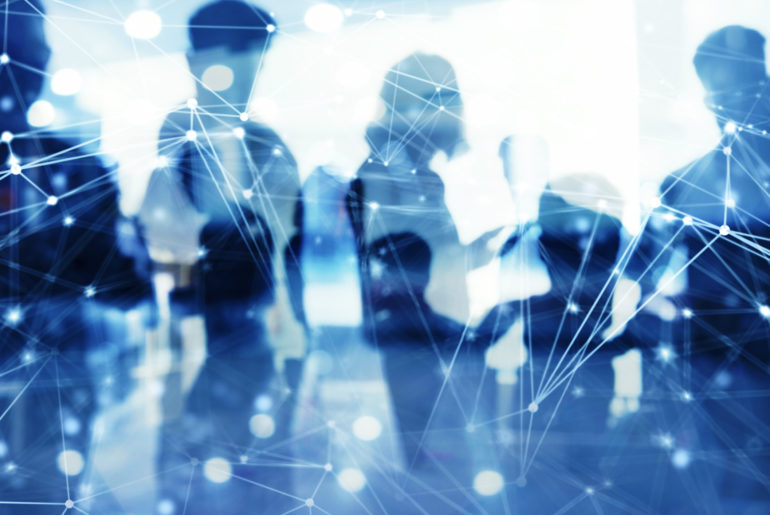Apparently, it took a global pandemic for organizations – and all of us, for that matter – to stop and realize that connectedness is critical to our ways of living, interacting, working, learning, and entertaining. It also gave us all reason to pause and consider what 2020 would have been like if our family, friends, coworkers, and employers weren’t within a tap of a screen. Almost 50% of the world’s population is connected via networks that allow us to remain connected, informed, safe, productive, and entertained — even during an extremely uncertain time across the globe. In the coming years, the remaining 50% will look to join this digital species, along with the tens of billions of devices that will contribute data to inform our decisions and actions.
Digital Connectivity as a Strategic Imperative
While the Future of Connectedness is positioned to be a long-term vision, the current global situation has allowed connectivity to enter a renaissance of sorts. The events of 2020 have shone a light on the capabilities that connectedness provides. It is a key enabler for business continuity and resiliency, allows for scalable access anytime anywhere, provides real-time insights, and creates pervasive digital experiences. However, despite the number of connected people, things, applications, and time online growing at a rapid rate, there are still bumps on this digital highway. We are not seamlessly connected as we move from environment to environment. As organizations and consumers seek a pervasive digital experience and deliver secure, real-time personalized insight where they live, work, and play, borderless connectivity becomes a fundamental strategic imperative for any digital transformation.
Simplification: The Future of Connectedness
So, what is the Future of Connectedness? IDC gathered a group of our leading telecommunications, networking, and services analysts across the globe to work on defining this concept. The outcome resulted in this definition: The Future of Connectedness enables the timely movement of data across people, things, applications, and processes to create seamless digital experiences. Sure, that seems lofty but when you sit back and think about it – data really becomes valuable when it ends up in the right person’s (or robot’s – haha) hands so we can take action. Take a look at our definition document, The Future of Connectedness: Defined .

Our team came up with a framework to demonstrate the interplay of data with the actions we take to move and consume the data, the “consumers” of the data and the outcomes that are met when connectedness works. We call it the Future of Connectedness Continuum.
Next Steps: How Organizations Can Digitally Transform Connectivity
From a business perspective, the Future of Connectedness means that organizations need to look to connectivity as a strategic element to maintaining, sustaining, and growing business operations. It will require additional investment, more strategic planning, and greater oversight. With this in hand, these organizations will develop seamless engagement models to interact with their employees, customers, partners, and others in their specific ecosystem — and connectedness will be the underpinning of it all.
What does it mean to your business then? If your organization can establish and maintain a Future of Connectedness mindset, here are some things you might see happen. Your organization will:
- Find a way to navigate the unevenness in connectivity across different workloads, environments, and locations.
- Make increased investment, undertake more strategic planning, and provide greater oversight to ensure a seamless experience is maintained.
- Demand solutions from their vendor partners that help provide contextual and experiential data to inform business processes, interactions, and decisions.
To get started, organizations with this mindset will have to:
- Ensure its network architectures are built efficiently while anticipating increasing bandwidth requirements, cost impacts, accessibility, security concerns, and an endless number of new endpoints being connected.
- Consider variations of wired and wireless access — from proprietary to standardized, from low speed to high speed, from low cost to high cost, and from near and far.
- Ensure omnipresent relevance spanning across personal and work lives, enabling automation of homes, businesses, public spaces, and more.
- Leverage adaptive organizational models as well as skillset adaptation and cultural change management to succeed with its Future of Connectedness strategy in the new digital technology era post-COVID-19.




